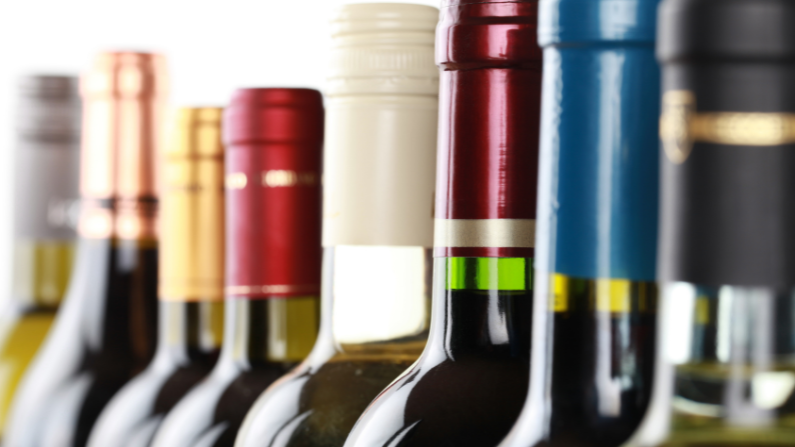
Screwcap vs. Cork: Is one better than the other?
Screw cap wine has gotten a bad rap, but they’re more popular than ever. Why is that? The truth behind their purpose and the decline of the cork may surprise you.
In this post, I will break down the pros and cons of corks versus screwcaps. I’ll also explain a bit about cork taint and all of the cork alternatives you might not even know about!
CORK
Corks have been the traditional method for sealing wine in bottles since the 14th century. The cork itself comes from the Meditteranean cork oak tree or Quercus suber. Today, most high-quality wine corks come from Portugal.
Using cork to close wine bottles has always been the smart choice because cork can withstand a ton of pressure, conforms to the shape of the bottle, and resists mold and temperature changes. Cork also allows a small amount of air to pass through, which leads to more complex aromas and flavors when aging wine.
Fun fact: The cork tree is regenerative, with the average cork tree being stripped 16 times in its lifespan of 150-200 years.

Cork Pros:
- Porous: A small amount of air enters which allows the wine to age (this also benefits wines that are tannic and need to soften)
- Naturally biodegradable and renewable
- Its history makes it the preferred choice for quality and romance
Cork Cons:
- Risk of cork taint
- Requires a corkscrew to open
- More expensive than other closures
- Corks come in varying quality, so it can be hard to guarantee consistency
A Word on Cork Taint
Most wines still feature cork as their method of closure, though its use is declining because of the risk of “cork taint.” Cork taint is a flaw in wine responsible for the aromas of wet dog or dank cellar. When a wine has cork taint, it is said to be “corked.”
Cork taint is rare, but it does affect about 2.5% of wines closed with corks. These unpleasant aromas develop when chlorine (used in cork production) comes into contact with moisture and fungi inside the cork, creating a compound known as trichloroanisole, or TCA. TCA makes its way from the cork to the wine, infecting it with cork taint.
Before the mid-1990s, most corks were washed in chlorine, leading to more corked wines. However, cork taint is still prevalent because many winemakers use municipal water to clean their equipment which can contain chlorine. This can form TCA if the water comes into contact with corks, cardboard, or even wine barrels!
SCREWCAP
Screwcaps have been around since the 1950s, but they didn’t really start to kick off until the early 2000s when winemakers in Clare Valley, Australia, started using them. Today about 70% of Australian and 90% of New Zealand wines are closed with screw caps.
Using screw caps can seem like the logical choice when you’re considering convenience, affordability, and weight. That said, if you’re looking to age wine, you’ll definitely want to stick with the cork, as most screwcaps don’t allow any air to pass through the wine.

Screwcap Pros:
- Consistent and reliable
- Affordable
- Easy to open
- No risk of cork taint (also typically more airtight making them less prone to flaws)
Screwcap Cons:
- Doesn’t always allow the wine to age (or age as well)
- Less romantic appeal
- Not as environmentally friendly
OTHER CORK ALTERNATIVES
Beyond screw caps and corks, there are several other alternatives. These include synthetic corks made from polymers, composite corks made from cork particles and polymers, and agglomerated corks made from cork particles glued together by an adhesive.

Pros:
- Keep the tradition of corks
- No risk of cork taint
- Affordable
Cons:
- Not as environmentally friendly (recyclable but not renewable)
- Variable quality
- “Cheap” vibe
If you are planning on drinking a youthful wine, there’s very little competition – as both cork and screwcap closures can be found on good quality wines! If you have a favorite bottle under a screwcap, please share it below.



Olivia is a Washington-based freelance writer with a Level 2 Award in wines from the Wine & Spirit Education Trust. She has a passion for all things food, wine, and travel, though her heart belongs to the Pacific Northwest. When she’s not sipping on a glass of Washington Cab., she’s usually bikepacking, crocheting, or chillin’ in the sun with her dog Tater.
IG: @liv_eatslocal
Website: liveatslocal.com


